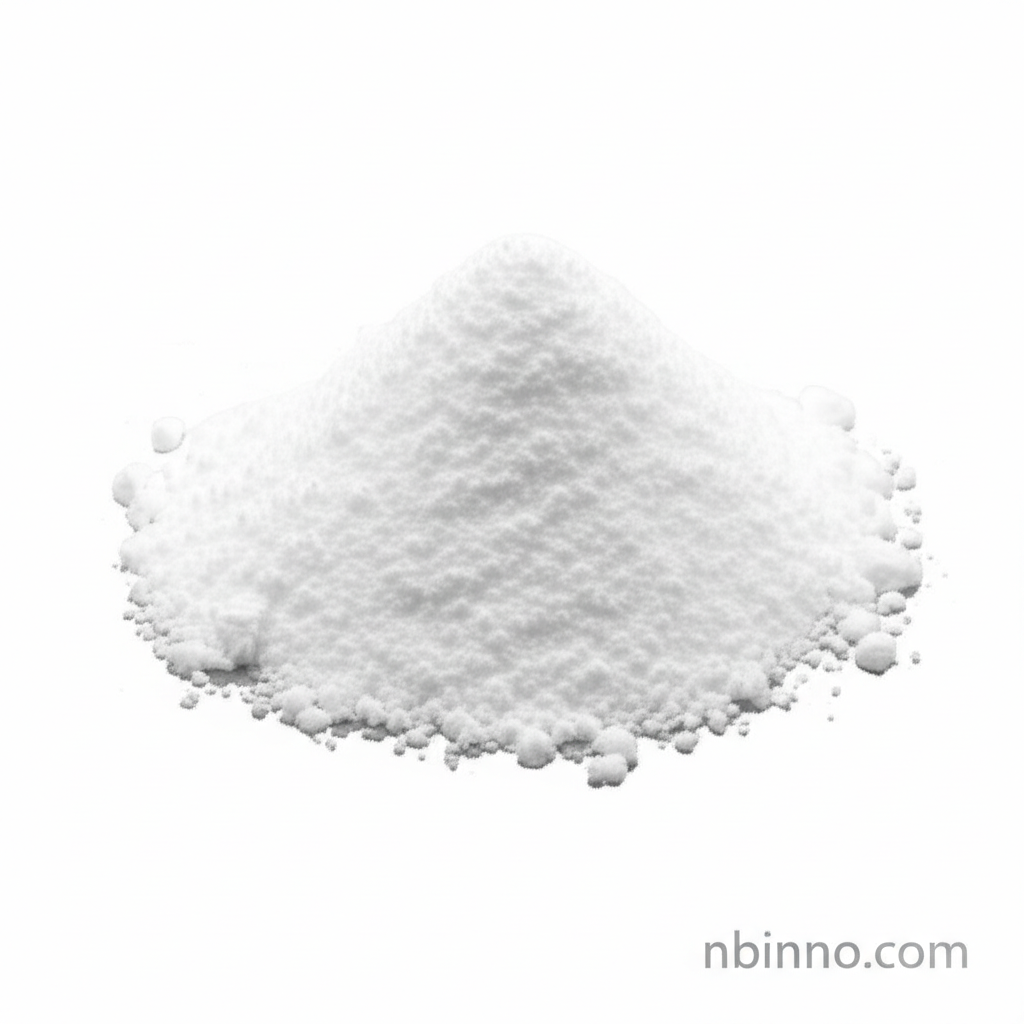Tulathromycin: A Key Antibiotic in Veterinary Medicine
Discover the efficacy and applications of Tulathromycin for managing respiratory diseases in livestock.
Get a Quote & SampleProduct Core Value

Tulathromycin A Powder
Tulathromycin A Powder is a crucial macrolide antibiotic vital for the treatment and prevention of respiratory infections in cattle and pigs. Its unique pharmacological profile, including a long duration of action and excellent tissue distribution, makes it a preferred choice in veterinary medicine for managing complex respiratory conditions.
- Explore the precise PK/PD data for tulathromycin to understand its antibacterial effectiveness.
- Learn about the successful veterinary antibiotic marketing strategies that have propelled tulathromycin's market presence.
- Understand the application of tulathromycin in cattle respiratory disease management and its role in livestock health.
- Discover the detailed dosage guidelines for tulathromycin in pigs to ensure optimal treatment outcomes.
Key Advantages
Extended Duration of Action
Tulathromycin's pharmacokinetic profile supports a long duration of action, reducing the need for frequent treatments and ensuring sustained therapeutic levels in target tissues, which is crucial for combating persistent veterinary respiratory infections.
Broad-Spectrum Efficacy
Demonstrating effectiveness against a range of pathogens, including those causing bovine respiratory disease (BRD) and swine respiratory disease (SRD), makes tulathromycin a versatile tool in livestock health management.
Convenient Administration
The ease of administration, often as a single injection, enhances compliance for livestock farmers and veterinarians, simplifying treatment protocols and improving overall animal welfare and farm management efficiency.
Key Applications
Cattle Respiratory Disease
Tulathromycin is extensively used for the treatment and metaphylaxis of bovine respiratory disease (BRD) associated with key pathogens like Mannheimia haemolytica and Pasteurella multocida.
Swine Respiratory Disease
In pigs, it is employed for the treatment and metaphylaxis of swine respiratory disease (SRD), targeting bacteria such as Actinobacillus pleuropneumoniae and Mycoplasma hyopneumoniae.
Infectious Bovine Keratoconjunctivitis
Tulathromycin also finds application in treating infectious bovine keratoconjunctivitis (IBK) linked to Moraxella bovis in cattle.
Early Stage Foot Rot in Sheep
It is used for the treatment of early stages of infectious pododermatitis (foot rot) in sheep, caused by virulent Dichelobacter nodosus.
